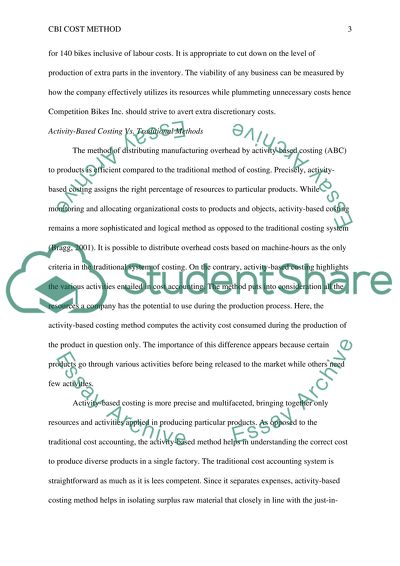Cite this document
(“Cost method Essay Example | Topics and Well Written Essays - 1000 words”, n.d.)
Cost method Essay Example | Topics and Well Written Essays - 1000 words. Retrieved from https://studentshare.org/finance-accounting/1659528-cost-method
Cost method Essay Example | Topics and Well Written Essays - 1000 words. Retrieved from https://studentshare.org/finance-accounting/1659528-cost-method
(Cost Method Essay Example | Topics and Well Written Essays - 1000 Words)
Cost Method Essay Example | Topics and Well Written Essays - 1000 Words. https://studentshare.org/finance-accounting/1659528-cost-method.
Cost Method Essay Example | Topics and Well Written Essays - 1000 Words. https://studentshare.org/finance-accounting/1659528-cost-method.
“Cost Method Essay Example | Topics and Well Written Essays - 1000 Words”, n.d. https://studentshare.org/finance-accounting/1659528-cost-method.


